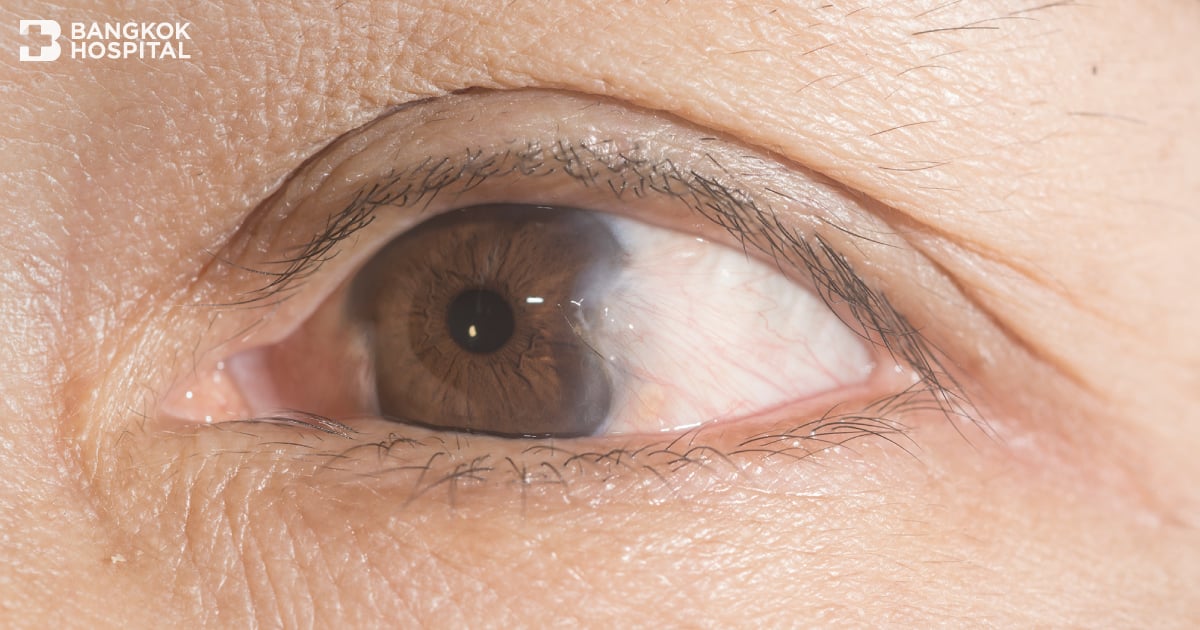
Get to Know Calcium Better
Calcium has many benefits. Getting to know calcium is therefore something we should pay attention to.

Cordyceps Boosts Health Energy
Cordyceps has been recognized for its properties for a long time, and China has registered Cordyceps as a medicine with numerous benefits.

Customized/Personalized Therapy

L-CARNITINE increases muscle mass, reduces fat mass.
The scientifically confirmed benefits of L-carnitine include helping to reduce fat mass, increase muscle mass, and decrease fatigue. Therefore, understanding what L-carnitine is and how it benefits the body is important to make appropriate consumption choices.

Before losing weight, do you already know what obesity is?
Weight loss means you have to eliminate excess fat. Moreover, excess fat is a severe menace, clinging to the skin layers and accumulating within various organs such as the liver, pancreas, intestines, and heart.

Myths and Facts about Glaucoma

Nasolacrimal Duct Obstruction in Adults
Nasolacrimal duct obstruction is a condition where the tear duct and the passageway at the lower eyelid are blocked. It is more commonly found in women between 50 to 70 years old than in men. However, it can also occur at a much younger age.

Lazy eye
Lazy eye (Amblyopia) results from abnormalities in visual development in infants or during childhood. It occurs when the transmission of visual signals between the eye and the brain is not fully functional.

Soft tissue tumor
Pterygium is a condition where the conjunctival fibrosis turns into a red membrane that extends into the cornea, often found more at the head of the eye than the tail. Pterygium will gradually spread into the cornea until it slowly covers the pupil, which will obstruct vision, making it blurry.

Presbyopia: An age-related vision condition

Retinal Detachment
The retina is a thin layer of tissue on the back side of the eye. It consists of the cells detect light and millions of other optic nerves that convert light to signals sent to the brain so that we can see things.

Eye Allergies | Often Overlooked and Undertreated
Allergies occur when your immune system reacts to a foreign substance such as pollen, pet dander, or food that may not cause a reaction in most people. Eye allergy symptoms are regularly reported as one of the top three allergy complaints.
